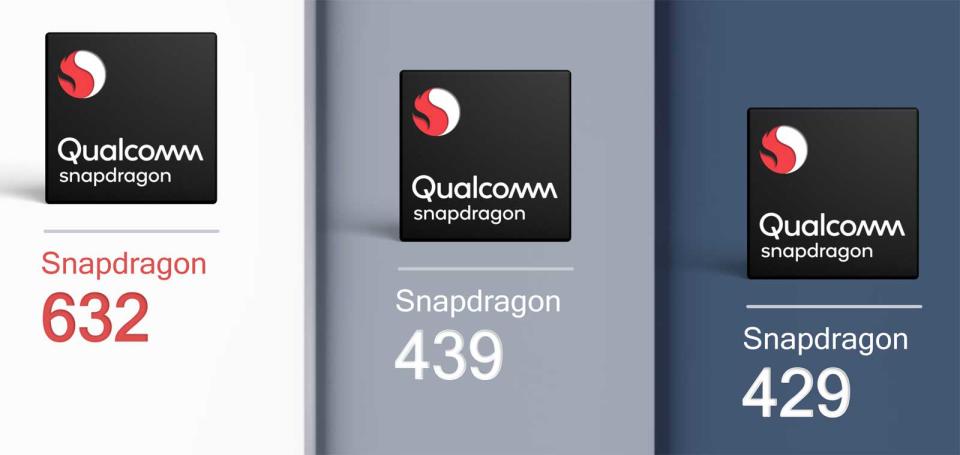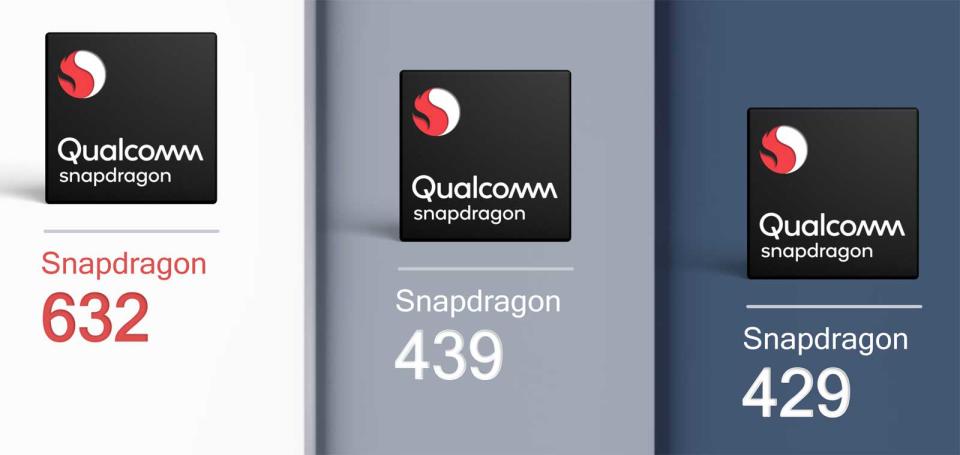New Snapdragon chips bring dual cameras to more mid-tier phones
The Snapdragon 632, 439 and 429 promise more power on a budget.
With certain exceptions, mid-range smartphones haven't been keeping pace with the bells and whistles of higher-end handsets -- you can still expect 'just' a single rear camera and 1080p video recording. Qualcomm might soon fix that. It's launching the Snapdragon 632, 439 and 429 systems on a chip, all of which promise to make dual cameras (plus a few other features) more commonplace.
The octa-core 632 is unsurprisingly the headliner, and can support two 13-megapixel rear cameras for those all-important portrait and telephoto shots. It's up to 40 percent faster in raw computational power than the Snapdragon 626, and that means enough power for 4K video capture and "FHD+" resolution displays. Its cellular modem can handle LTE Advanced, too. The Adreno 506 graphics are only about 10 percent faster, but you're still looking at a chip that can handle at least some modern 3D games without flinching. And this being Qualcomm, AI processing plays a big role with support for neural network-assisted tasks like face unlock and object detection.
The octa-core Snapdragon 439 and quad-core 429, meanwhile, are focused more on stepping up the baseline quality for lower-cost devices. They make do with support for dual 8-megapixel cameras and won't handle 4K, but they should deliver up to 25 percent more CPU performance over their forebears (the 430 and 425) on top of the AI-related functions. The best bang for the buck comes with the 429 -- while the Adreno 505 graphics in the 439 are a respectable 20 percent faster, the Adreno 504 inside the 429 is a whopping 50 percent faster. Neither could be considered a gaming powerhouse (the 429 can only handle "HD+" displays), and you'll have to make do with regular LTE data, but they should keep your phone's overall performance reasonably snappy.
Qualcomm expects the first phones using these chips to appear sometime in the second half of the year. They're not immediately riveting offerings. However, they might just make dual-camera photography ubiquitous across all but the lowest-priced smartphones. That's heartening news for anyone who wants high-quality snapshots, but doesn't need the blistering-fast performance and exotic screen technology of a flagship phone.


